- NSW is the largest supplier of rangeland goats for processing.
- NSW goatmeat production increased 41%, in line with national trends.
- Goat prices outperformed lamb and mutton in 2021-22.
Production
Figure 2 The number of goats supplied for processing from each NLIS region (RLPB regions in NSW) in the 2021/22 financial year 133
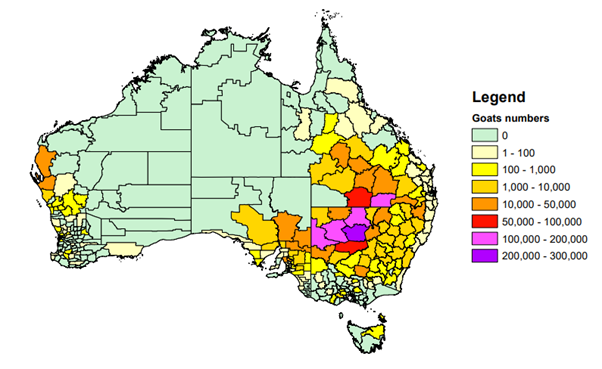
Price
Goat, Lamb and Mutton OTH Price Index 211 ah
- Lamb index
- Sheep index
- Goat index
Goat prices have been supported by high red meat prices in the USA, the key export market. With lower US goat production in 2021, kid prices in San Angelo, Texas, reached record highs in the first quarter of 2022, up to US$406 per hundredweight, or approximately AUD$11 per kilogram. 147 Analysis by Mecardo indicated a close relationship between Australian and Texas goat prices. 143
Trade
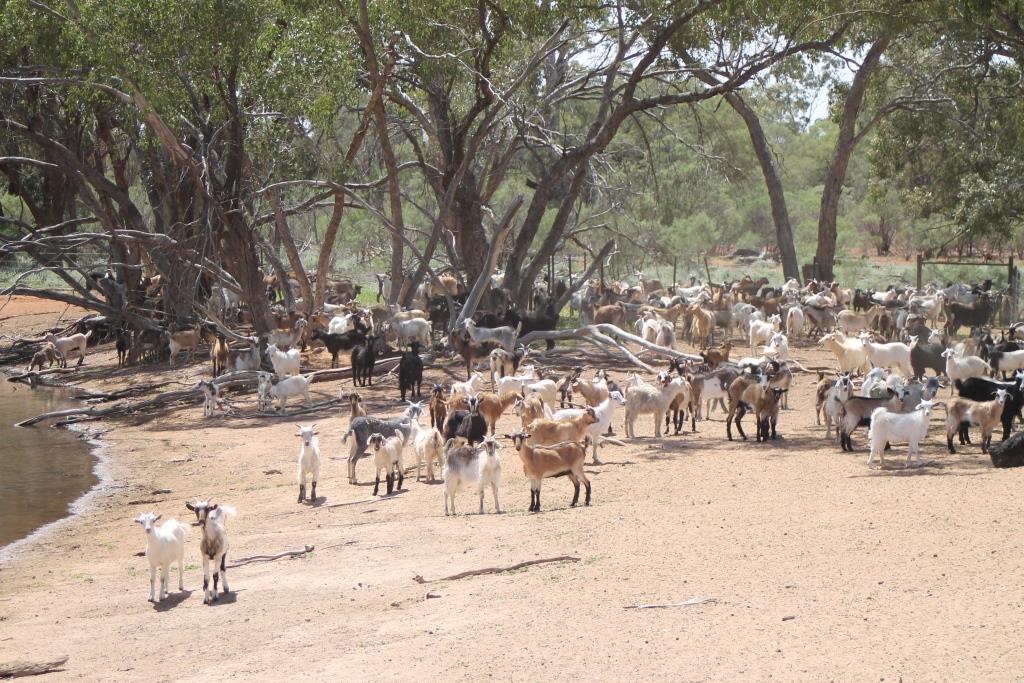
Outlook
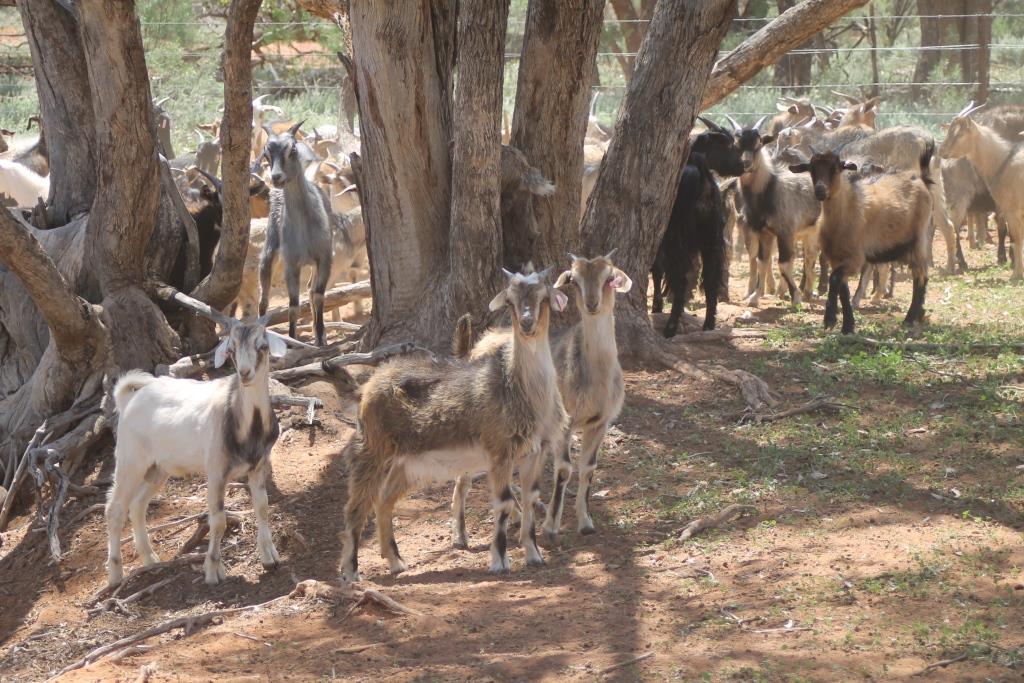
Stronger Primary Industries Strategy
Modernising NSW’s animal welfare laws
In May 2018, the NSW Government released the first-ever NSW Animal Welfare Action Plan. The Action Plan reinforces the Government’s commitment to safeguarding animal welfare and providing a strong regulatory framework to promote responsible animal ownership and care in NSW.
The Action Plan includes a commitment to streamline and modernise the current animal welfare legislative framework – by replacing existing laws that are almost 40 years old with contemporary legislation that reflects evolving animal welfare science and community expectations.
Strategic Outcome
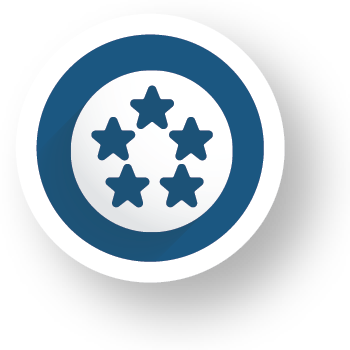
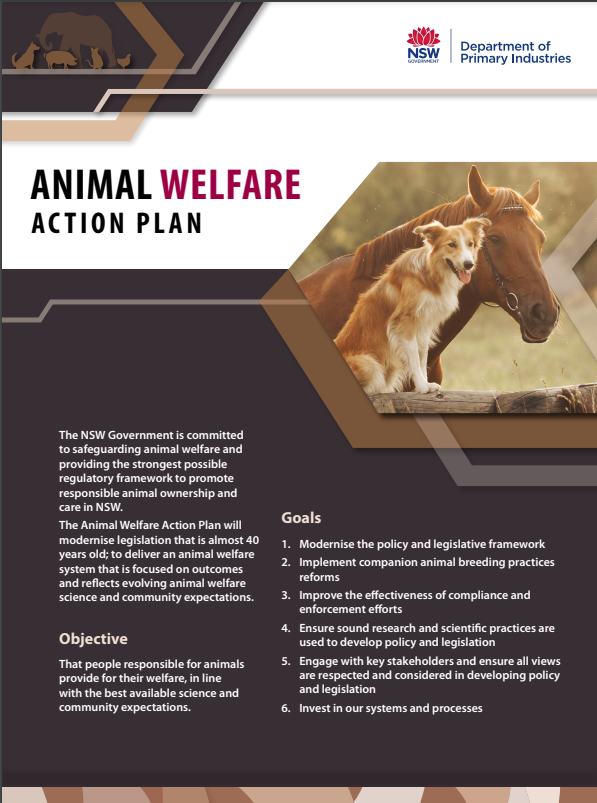
Consultation has been at the core of this work – ensuring that stakeholders and the community have the chance to have their say on the new laws. This commitment to consultation underpinned the release of the NSW Animal Welfare Reform –
Issues Paper, which sought community feedback on the issues in the current animal welfare legislative framework. The Issues Paper was open for consultation from February to June 2020, and the NSW Government received over 1,100 responses. The responses to the Issues Paper informed the development of the NSW Animal Welfare Reform
Discussion Paper, which put forward potential new policy approaches to address the issues in the current laws. The Discussion Paper was released in August 2021, and over 4,800 responses were received from a wide range of stakeholders and community members.
The near-6,000 responses received during these two rounds of consultation were used to develop the Draft Animal Welfare Bill 2022, which was released in January 2022. The Standing Committee on State Development conducted an inquiry into the Draft Bill, providing a means for the community to have their say on what the proposed new policy approaches looked like in draft legislation. The Committee handed down their first report in June 2022 for consideration by the NSW Government.


